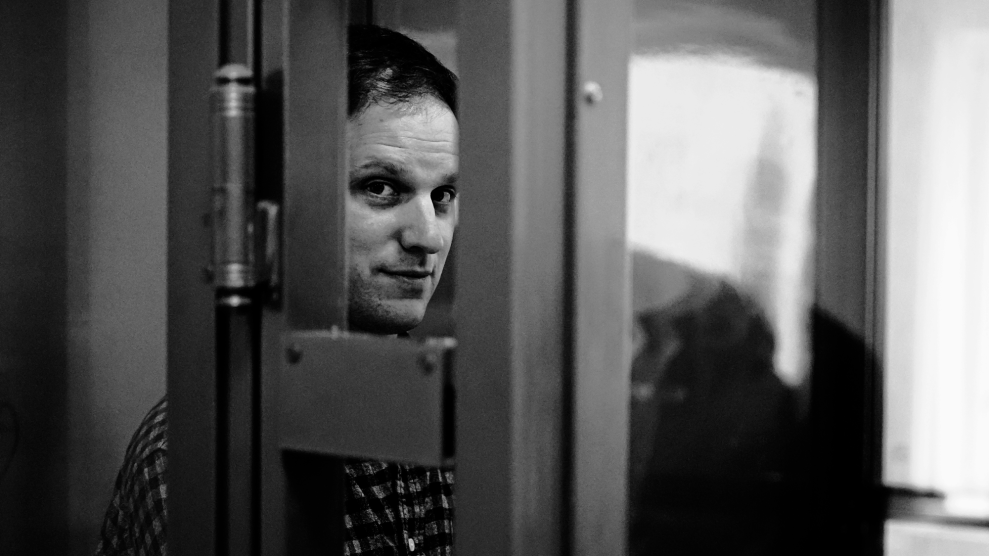The Female Thing: Dirt, Sex, Envy, Vulnerability
By Laura Kipmis
Pantheon Books. $23.95.
With Caitlin Flanagan badgering women to stay home with their kids and Linda Hirshman urging them to get back to work, the argument over women’s choices has grown increasingly shrill. Laura Kipnis’ contribution to the debate may not change anyone’s mind, but her alternately sardonic, insightful, and flip meditation on the embattled female psyche is a provocative salvo.
Kipnis, the author of Against Love: A Polemic, notes that the mass entry of women into the workforce has failed to transform social institutions as feminists once predicted. She’s equally skeptical about what the future holds for stay-at-home moms. Her main point is that persistent gender inequities are linked to “the myriad impasses of the female condition.” The problem isn’t an antifeminist backlash, she claims, but rather women’s ambivalence—about the prerogatives of men, their own sexuality, and the lure of housework. In her view, feminism has met its most formidable foe in femininity itself.
At issue, in part, is women’s troubled relationship with their bodies, including “unconscious filth convictions” that are symbiotic with a consumer culture “bludgeoning housewives with a steady stream of overanxious cleaning advice.” Kipnis is also wonderfully acerbic about the female orgasm, noting how biology and proscriptions against sexual assertiveness have contributed to “a nature-culture one-two punch, right to the female pleasure principle.”
Kipnis admits that her perspective is most valid for “white middle-class and upper-middle-class chicks,” and heterosexual ones at that. And while she deliberately courts paradox on the question of how large a role culture plays in hampering full equality, she seems to want to have it both ways, belittling genetic determinism while arguing that “female anatomy…dictates the female condition.” In the end, The Female Thing is most effective simply as what Kipnis hints it may be: a cleverly convoluted map of her own mental terrain.















